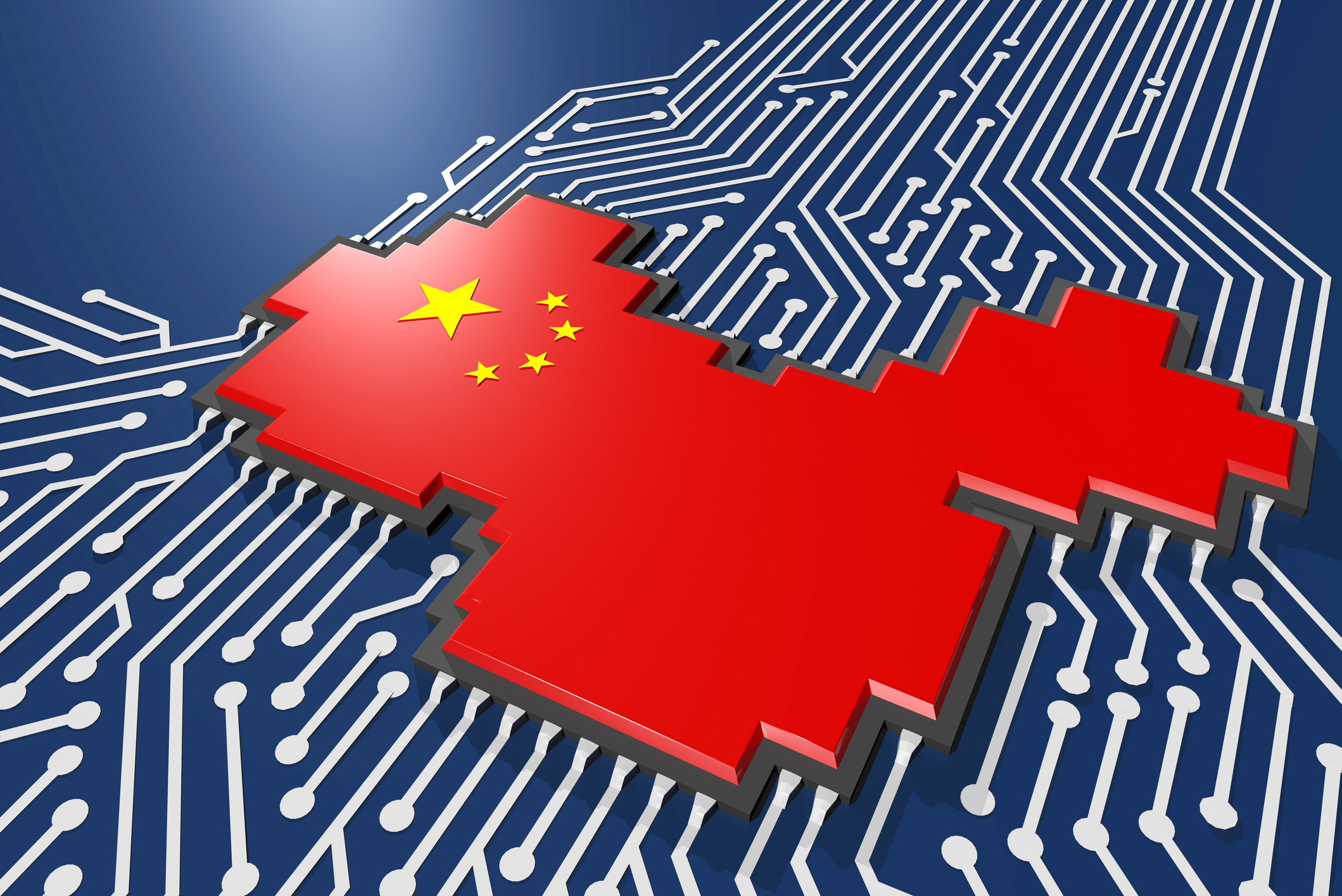
China plays a big part in global trade, and as the country's economy slows, the effects are felt worldwide. To help you understand what is going on and what we expect to happen in the future, our highly-experienced Kiplinger Letter team will keep you abreast of the latest developments and forecasts (Get a free issue of The Kiplinger Letter or subscribe). You'll get all the latest news first by subscribing, but we will publish many (but not all) of the forecasts a few days afterward online. Here’s the latest...
Something’s amiss with China’s economy. The end of COVID was supposed to boost it, as Beijing ended its draconian lockdown measures. After a brief spurt, Chinese growth is falling. And when China’s economy slows, the whole world feels it, given China’s huge role in world commerce.
Note the red flags popping up in China: Its factory sector is contracting as demand for Chinese goods cools around the world. Consumers who are contending with inflation have less space in their budgets for nonessential items these days. Services and construction activity are down. Ditto, retail sales and business investment.
Most worrisome of all: the housing market, which peaked in May 2021. Since then, home sales are down by half. Price gains are weak. Many cities are full of empty apartments, a legacy of overbuilding. Housing was long a driver of China’s growth. But not now, and not anytime soon. Demand hasn’t kept up with the furious pace of construction. China’s consumers have plenty of money. However, they are saving, not spending. Consumer sentiment is below pre-COVID levels. Beijing has exhausted the potential of goosing the economy by channeling credit into the property market. Lenders are already grappling with too much bad debt.
In the longer run, China faces an even bigger problem: population decline. Its cohort of working-age people was already slipping, and then last year saw a drop in the total population for the first time in decades. Fewer people means fewer workers to contribute to GDP growth, fewer sales of goods and services, etc. No way around it.
Without housing to rely on, look for Beijing to try other types of stimulus, such as cheap credit, in the form of lower interest rates on various types of loans. But that risks saddling an economy already drowning in debt with more bad loans.
And there will be more spending on infrastructure, another old standby of the regime. Details are scant so far but expect to hear about a big infrastructure initiative when Communist Party leaders meet in late July. Whatever form that package takes, it won’t fix the structural problems described above. That would take real reform.
For the U.S. and other countries, China’s slowdown means several things, including a relatively cheap yuan, as a result of Beijing loosening credit. That in turn makes Chinese exports cheaper and other countries’ goods more expensive in China. There will be some easing in global commodity demand since China consumes so much of so many raw materials. That could act as a bit of a damper on global inflation. And, there will be no let-up in Western sanctions and tariffs meant to punish Beijing for unfair trade practices or to dissuade it from aggressive acts toward Taiwan.
This forecast first appeared in The Kiplinger Letter, which has been running since 1923 and is a collection of concise weekly forecasts on business and economic trends, as well as what to expect from Washington, to help you understand what’s coming up to make the most of your investments and your money. Subscribe to The Kiplinger Letter.







